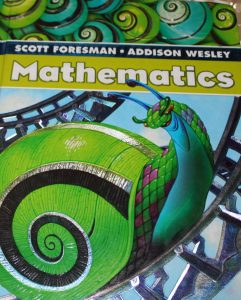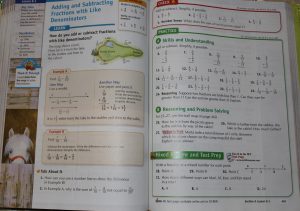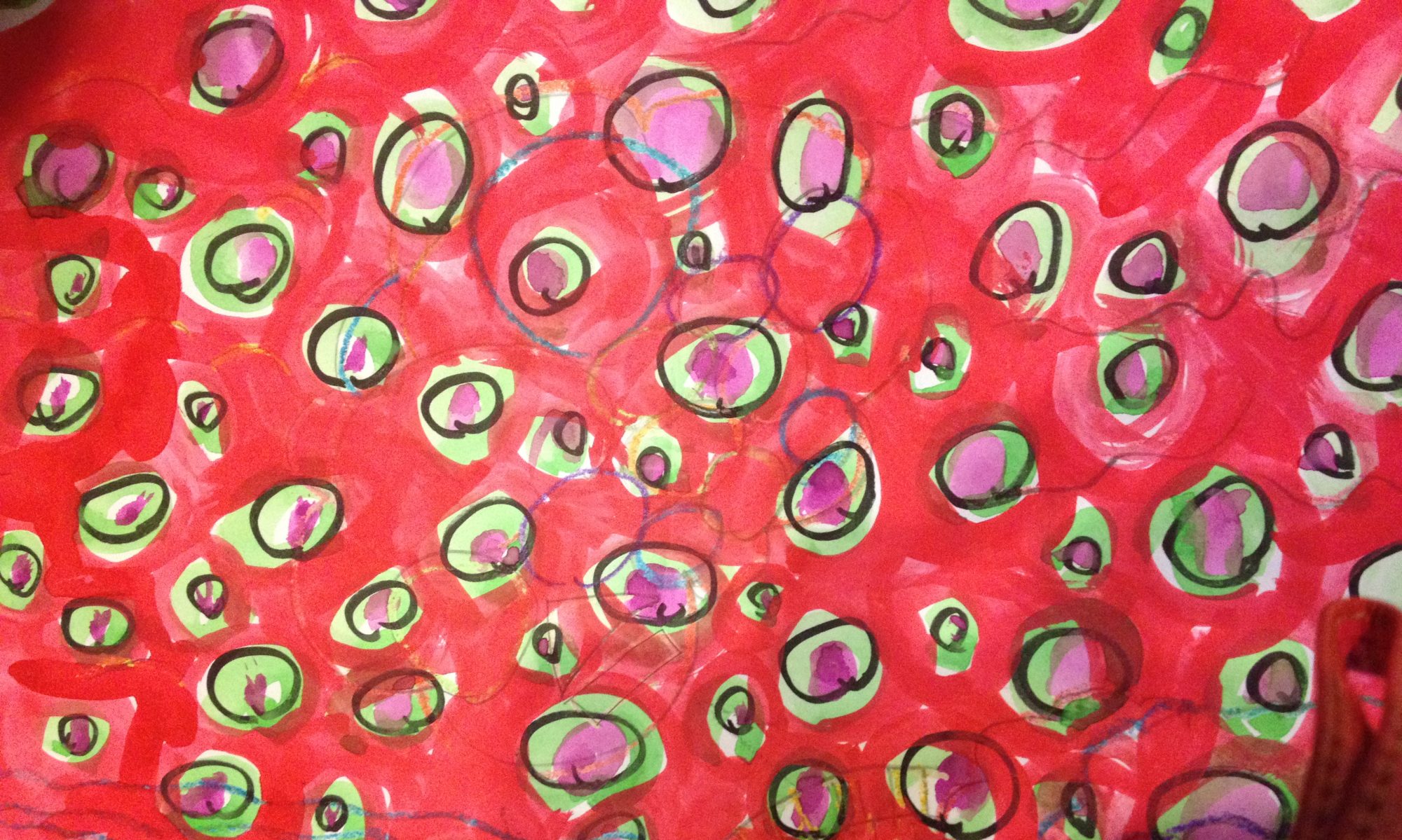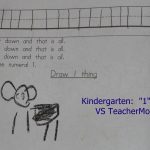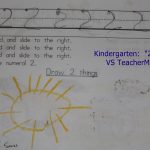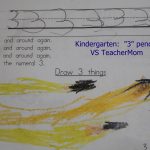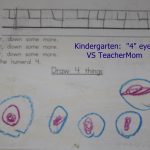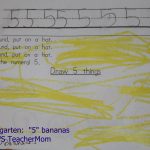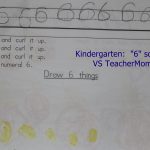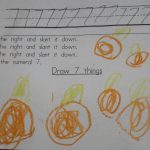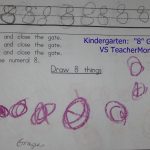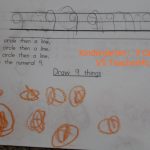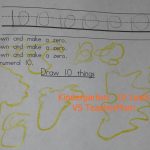Fonts to try… And a bit of research behind these theories…
As I have been learning for months and years about Dyslexia… I have run across an article that suggests there are preferred fonts for dyslexic readers. Courier/ Verdana/ Arial/ Dyslexie Here is a link to the most recent article I read.
The statistics were really hard to figure out- to draw conclusions. I would suggest try any of the suggestions in the image below to see if they help your reader.
The Dyslexie Font can be purchased, downloaded and used from this site. They offer neat books, and other curriculum aids, feel free to explore their products!
Here is a link to some CBS News information on the Dyslexie font!
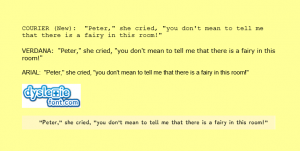
What Dyslexia-Dysgraphia looks like Grade 2
The English/ reading assignment was on farmers & ladybugs. A common worksheet with a paragraph on the top and room for the student to write main idea/ details below in a table format. The paper was graded with a big red star on the top as you can see in the picture.
I have always had a hard time wondering why several words can be spelled wrong when they are posted right there at the top of the page… ?
Ladebugs/ farmrs/ importent/ inseks/ planats/ strog/ betr
Look familiar??
If you are unfamiliar with dysgraphia, learn about it here.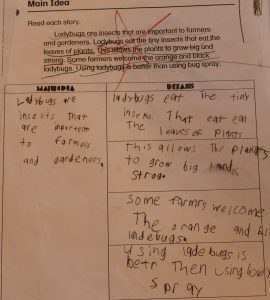
Troubles with Math… Math-U-See? Math Antics?
My child works HARD to keep his grades pulled together in school. Like reading, Math is also very difficult.
We have extreme difficulty with the memory skills required to master the basic multiplication tables.. Even the basic addition facts are also fuzzy- just not concrete memories.
We work through the homework that comes home from a public school. Grade 6, I think this is all common core. A division problem, an absolute value problem, a couple of word problems, an area or perimeter problem, etc… we get a few pages of mixed math applications for homework on average; 3 times a week.
Some problems look like a foreign language to my son. I will ask him if the teacher went over the material; and I know he must have, but my son just looks at the problem as if it is written in another language.
Some problems he has memory of certain processes, he can recall how to manipulate the numbers and formulate answers. It is not easy at all. He will make simple mistakes like subtracting 6 from 13 and writing down a 8 or 9 or some other number.
He will think of the numerical answer, 13 for example. But sometimes, when he writes the number on his paper, the 13 comes out like a 15. He will see his mistake and then write-over the 13 to make a 15. But now… what he has for an answer looks like an 18 and he must erase his answer and start all over. = Frustration
He has had several years of supplemental math (& reading) instruction; I know he has used manipulatives and other visuals in learning math in the past. When I ask about math class as it is NOW, he tells me the teacher works many problems out on the board. T
Within the math classes that I teach… I use the website Math Antics and supplement extra practice with classroom workbooks or worksheets from the web. THERE ARE MANY COOL VISUALS, OR COMPUTER TUTORIALS THAT CAN BE USED TO TEACH OR SUPPLEMENT A MATH LESSON.
In a short visit I checked out the Math-U-See curriculum materials that many home school Moms turn to. They used 100 blocks, 10 blocks, 1’s etc… and other numerical combinations to really help the student visualize their math. I wonder if this is the right ‘curriculum’ to help my child master his numbers.
Personally, within my math class I use the video lessons from MathAntics. Even thought I teach adults, they have great visual lessons. I would post more screen shots; but I am not sure about copyright laws and do not want to offend. Head on over and check those out.
Good Luck with the Math Instruction!!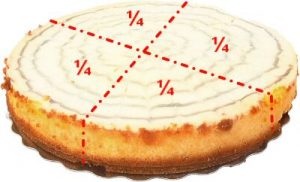
What are Phonemes? What is Phonological Awareness?
They are necessary, critical components to successful reading.
Phonemes are the smallest sounds our language is broken into. Cat has 3 sound parts or phonemes. You can find a list of phonemes here.
[The actual letters are referred to graphemes- if you don’t know the letters that match the word sounds you will experience difficulty spelling.
Phonemic Awareness: refers to speech (oral language); having an understanding that our language is broken into sounds.
Phonological Awareness means you have an understanding of how the words in our language are made up of sounds.
You can view a PowerPoint on the terms here.
Teaching It: Segmenting & Blending are Key!
To teach segmenting of words; you teach about the separate sounds of a word. Cat has 3 sounds (phonemes), you would have the child read the sound parts of the word to segment it. C a t
To teach blending; you kind of review the segmenting first, have the child speak the separate sounds, then once again have them say the sound parts quickly to ‘blend them together’ into a word.
Here is an article on tutoring Phonemic Awareness/
My dyslexic child has an understanding of the Phonemic nature of our language; yet he cannot memorize the rules to connect what phonemes make up certain sounds. He will turn in an assignment on “light” for example; and have in his written answers – “light” spelled differently. Lite Ligt lyte liht
I will add a photo at a future time.
Dyslexia Study from 1997!! Shows the Importance of VISUALS
In my research, I found this old study rather interesting. It presents a short article wherein it describes what it is like to think with Dyslexia. It is a compilation of information from research from Harvard Medical Center & Central St. Martins College.
The Psychologist highlighted in the article designed a series of six tests of verbal, written and spatial ability. She found Their visual spatial skills were also at a higher level – but they had difficulties with reading, writing and spelling.
Within this same article there is research from Harvard Medical Center. They found “that dyslexics’ brains are “wired” differently from other people’s. “There is definite proof of a link between dyslexia and visual spatial ability,”
A researcher from Washington, named West adds the facts that the brain of a dyslexic person is wired differently. “They lack efficiency in the left brain hemisphere which relates to language ability. But there is increased efficiency in the side of the brain which dictates spatial ability.”
A dyslexic himself, West shared that dyslexics: “can rotate an image in three dimensions in their minds. Our educational system at the moment is based on words, books and lectures.”
A summary of my related opinions:
This heavy text-based verbal/written curriculum is not serving any of the Dyslexic students in the United States. The work my child brings home is not very often visual in any way. When I have asked about using visual videos to teach math I hear back, “no I haven’t ever done that.” In today’s technology age- it is as easy as a little navigation and a click of the mouse to bring your classroom to life. Visuals will engage both the dyslexic and non-dyslexic student and will bring new meaning to their studies.
For this reasons, I will repeatedly blog and share information about adding visualization to lessons, how to choose materials for the dyslexic child or student and more.
Evaluating Textbooks: Visual vs. Text-Based
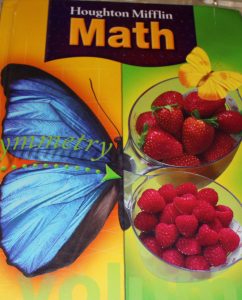
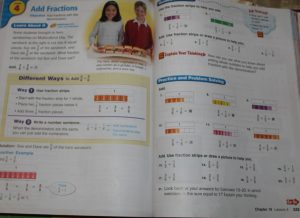
Not all textbooks are the same. Here are two samples from Elementary/ Basic Mathematics textbooks. The Houghton Mifflin text (above) has many more visualizations [data bars] here to assist in teaching how to add fractions. The Scott Foresman text below has fewer visuals, but more numerical-text practice.
To evaluate supplemental materials for your visual-spatial child; seek out those with many visuals, illustrations & diagrams.
In the Adult Educational array of curriculum currently available; few if any visual offerings exist. It is ok to look to supplement your resources with a more ‘elementary’ style of textbook like those shown here to use with an adult student. The goal is to help them learn… if they learn more easily and quickly when visualizations are available.. then find them and use them.
